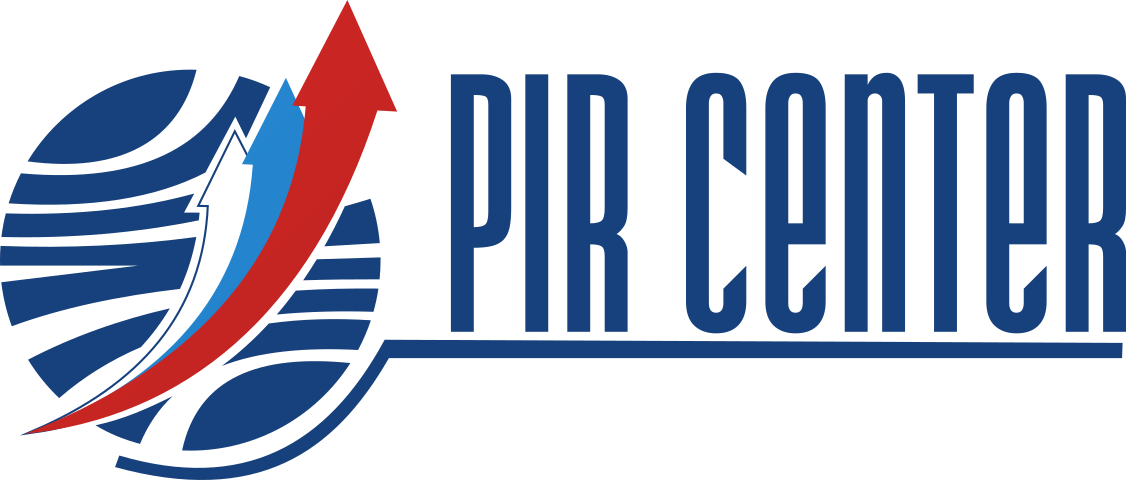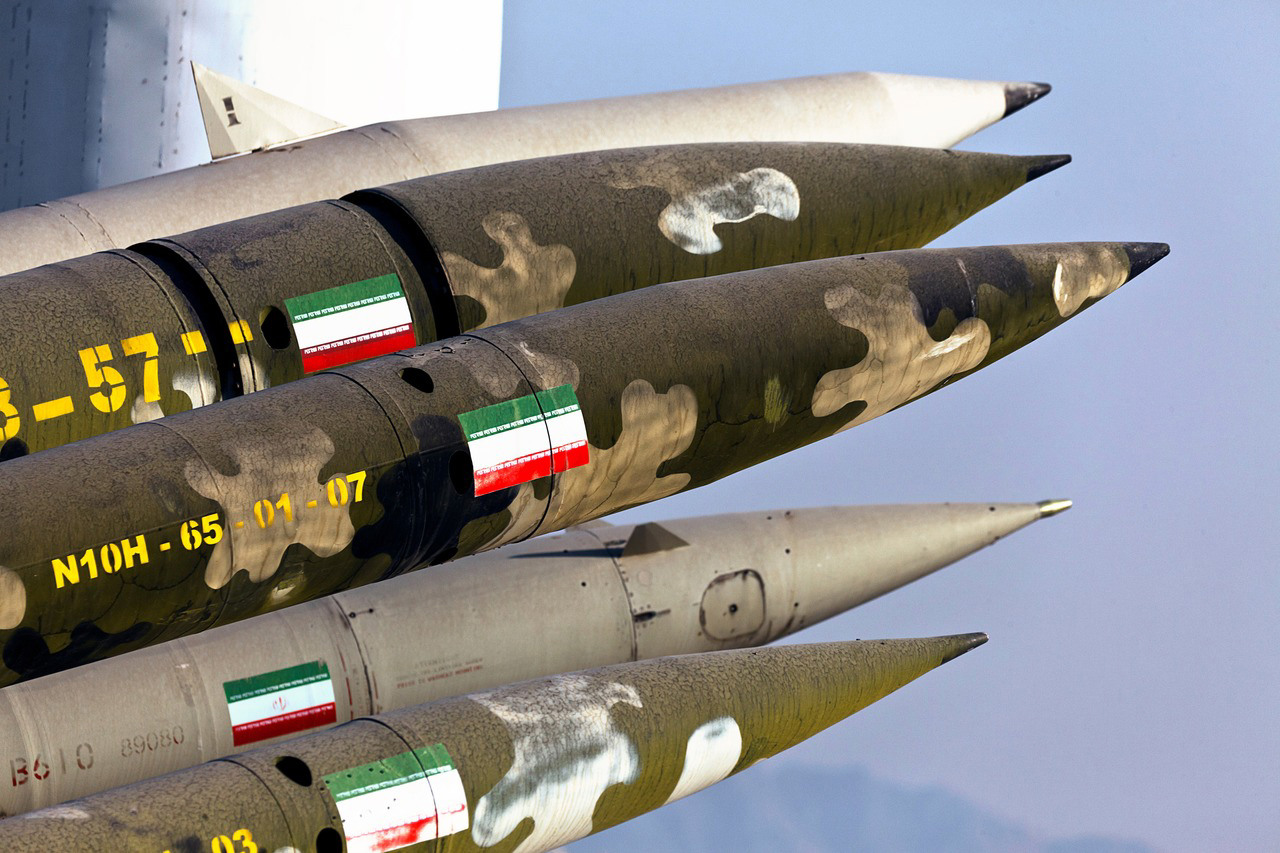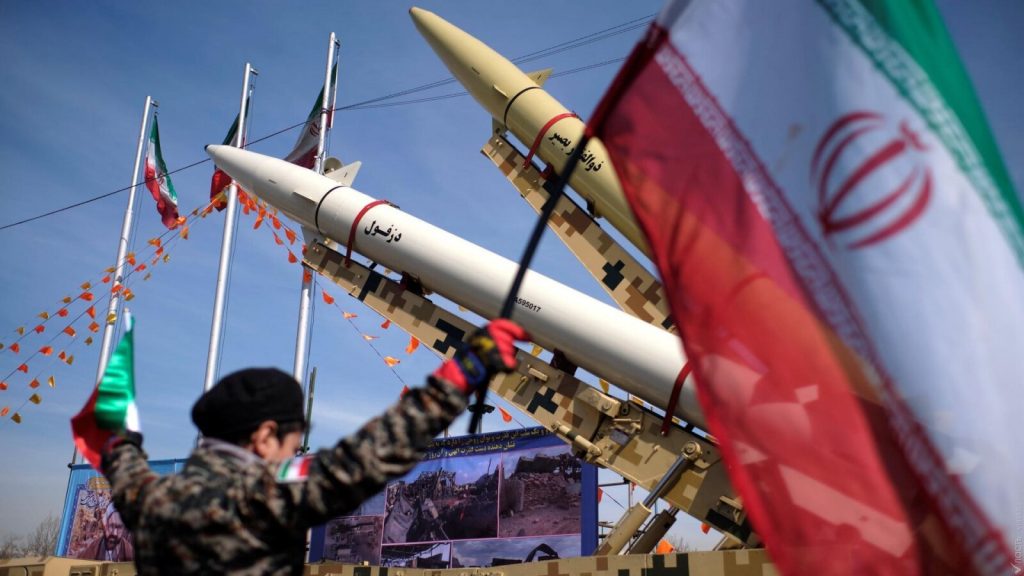MOSCOW. JULY 14, 2025. PIR PRESS. «International pressures have shaped the Iranian nuclear program’s trajectory; studying them can give us valuable insights into where the country may be headed, and how to best address other cases of potential proliferation», – Linus Höller, emerging researcher.
The PIR Center is pleased to announce the forthcoming publication of a new report by Linus Höller, an emerging researcher in the field of international security and nuclear nonproliferation.
In his report, Höller offers a comprehensive assessment of how international actions – diplomatic, economic, military, and normative and clandestine – have shaped the trajectory of Iran’s nuclear program from the 1950s to the present. Through the identification of five key periods in the program’s evolution, and the in-depth analysis of pivotal “hinge points,” the work examines how external pressures influenced Iran’s strategic decisions, particularly regarding any potential non-peaceful dimensions of its nuclear efforts.
Among the report’s key findings:
– Diplomatic pressure achieved short-term gains, such as the temporary enrichment freeze during EU-3 negotiations in the early 2000s, but proved insufficient without reinforcement by other tools.
– Economic sanctions, especially under the coordinated global sanctions regime prior to the JCPOA, had significant impact by altering Iran’s cost-benefit calculations – though sanctions alone, as seen under the later “maximum pressure” strategy, fell short without diplomatic engagement.
– Military threats and actions – including the legacy of the Iran–Iraq war and more recent Israeli and U.S. signaling – played a complex but primarily acceleratory role, both accelerating heightening Iran’s interest in deterrence and reinforcing threat perceptions.
– Normative pressure, such as that stemming from global nonproliferation norms and the NPT, proved influential early on but weakened after Iran’s war experiences and perceived failures in the implementation of Article VI by nuclear-weapon states.
“Different types of international pressure – diplomatic, economic, military, normative and clandestine – have shaped Iran’s nuclear decisions in distinct ways. While economic sanctions and multilateral diplomacy proved effective in shifting Tehran’s cost-benefit calculations, pressure alone, in any one form, was rarely sufficient and often counterproductive. A notable pattern that emerges is one of initial defiance followed by quiet accommodation – a strategic response aimed at balancing external pressure with internal legitimacy.”
The report contributes both to the historical record and to contemporary strategic thinking on how best to influence nuclear decision-making in states at or near the threshold.
Keywords: NPT; Nuclear Nonproliferation; Iran, JCPOA
NPT
E16/SHAH – 25/07/14



